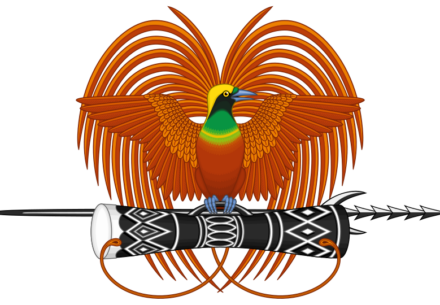Decolonization
- Climate of PNG
- Constitutional Framework
- Cultural Events
- Cultural Institution
- Cultural Life
- Daily Life and Social Customs
- Decolonization
- Demographic-Trends
- Finance
- Education
- Economy
- Drainage-Soil
- History
- Health-Welfare
- Housing
- Justice
- Land
- Labour-Taxation
- Local-Government
- Media-Publication
- Manufacturing
- National Anthem and Pledge
- National Politics in the 1990s
- PNG History
- People – Ethnic Groups
- Plant and Animal
- PNG Public Holidays
- Political Process
- Postcolonial Politics
- Regional Relations
- Relief
- Religion
- Services
- Settlement Patterns
- Sports and Recreation
- Trade
- Transportation &telecommunications
After the war, some Australian officials wanted a return to the prewar order, while others wanted to empower the local population in gratitude for their assistance in the fighting. At first the Highlanders were utilized as a massive new source of labour for the coastal plantations. From the 1950s the growing of Arabica coffee by local smallholders spread rapidly throughout much of the Highlands, providing another source of income and keeping the people there in their villages. Meanwhile, cacao was rapidly adopted as a plantation and smallholder crop in the islands and around Madang. Despite the general lack of economic development in Papua, the town of Port Moresby grew rapidly and attracted large numbers of migrants, particularly from the poorer areas and especially the Highlands.
In 1945 Australia combined its administration of Papua and that of the former mandate into the Territory of Papua and New Guinea, which it administered from Canberra via Port Moresby. From 1946 Australia managed the New Guinea (eastern) half as a United Nations trust territory.
In the 1950s Australia took a gradualist approach to educating the population and improving health services, but from 1960 international pressure led Australia to expedite efforts to create an educated elite and improve social conditions, boost the economy, and develop political structures in preparation for decolonization.
General elections for a House of Assembly were held in 1964, 1968, and 1972; self-government was achieved on December 1, 1973, and full independence from Australia on September 16, 1975. At that time Australian development assistance provided nearly half of the national budget.

Postal Address:
Department of Foreign Affairs
P.O Box 422, Waigani.
National Capital District (NCD)
Papua New Guinea (PNG)
- Central Government Office, Kumul Avenue, Waigani, N.C.D
- inquiries@dfa.gov.pg
- +675 301 4100
External Links
- Goverment Departments and Agencies
- Department of Prime Minister and National Executive Council
- Department of Planning & Monitoring
- Department of Treasury
- Department of Finance
- Department of Personnel Management
- Department of Justice & Attorney General
- National Parliament of Papua New Guinea
- Immigration and Citizenship Services Authority
- Papua New Guinea Tourism Authority
- Investment Promotion Authority
- Kumul Consolidated Holdings
Subscribe to Our Newsletter to get Important News, Amazing alerts & Inside Scoops:




